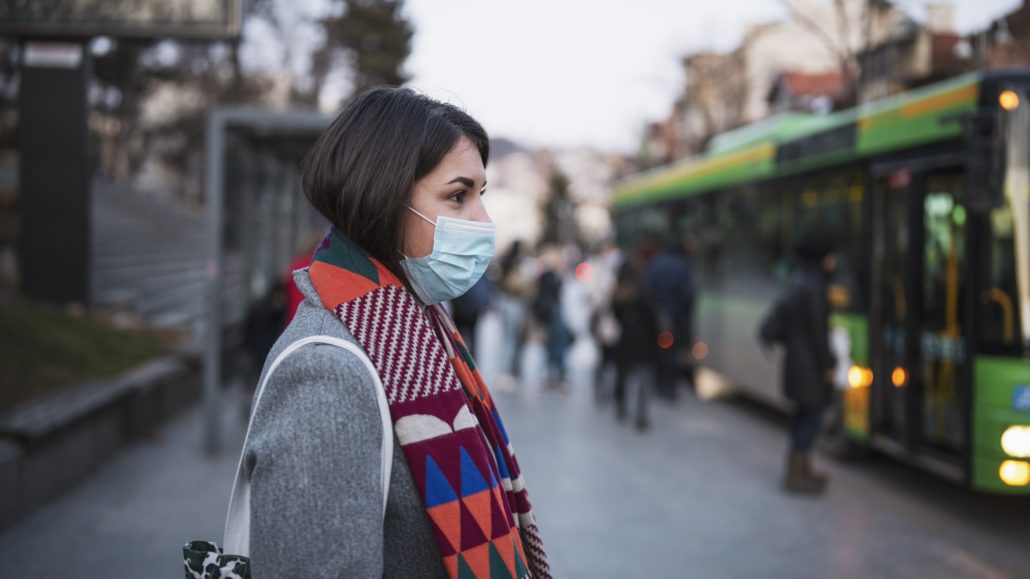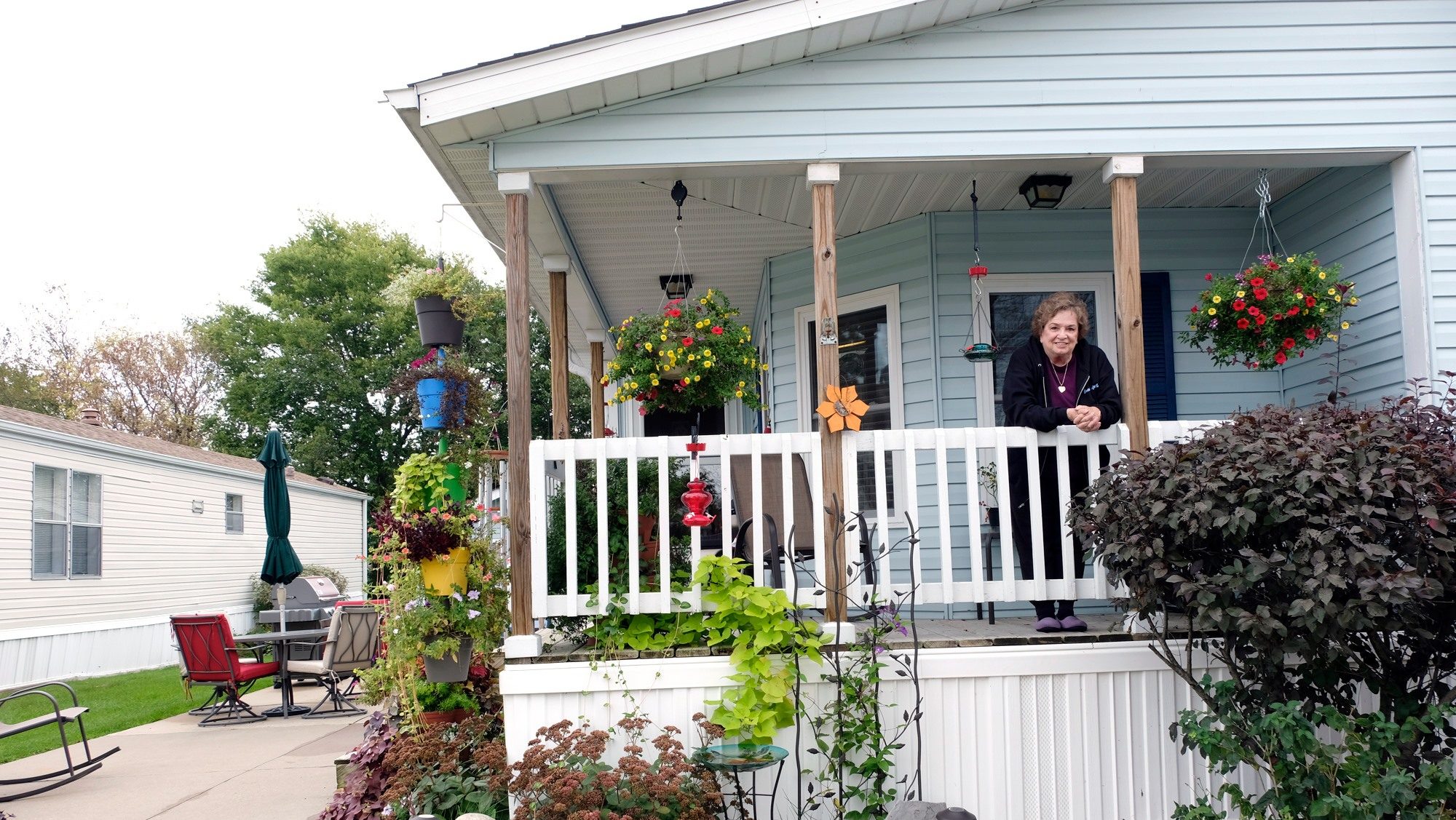
Our transportation systems put vulnerable populations at higher risk
“Safer at home” in the age of COVID-19 has become both a mantra of public health and a mandate issued by the City of Los Angeles and thousands of localities across the United States. As of April 14, about one month after Mayor Eric Garcetti issued the local order, total vehicle miles traveled by LA County residents decreased by more than 75 percent, compared to January 2020. This bodes well for the region’s efforts to slow the spread of the virus.
But not everyone can afford to stay at home. Low-income and minority residents are disproportionately at risk due to both the economic sectors in which they tend to work and changes to our transportation system. In addition to those in healthcare, workers in food production and delivery, sanitation, utilities, transit, and other industries also are essential workers, whose jobs help to maintain safe living for the rest of us. Many of these workers are economically vulnerable such that “safer at home” is not really an option. Many hold positions that do not allow them to work from home, have low incomes that make it difficult to stop working, and/or lack benefits such as health care or paid sick leave. Many also must cope with risky work conditions that require face-to-face interaction with others.
In general, most people get to work in private vehicles, even among the poor. In Los Angeles County, for example, 83 percent of all workers and 68 percent of poor workers commute by automobile, according to the 2014–2018 5-year American Community Survey. However, low-income workers are 2.5 times more likely than higher-income workers to use public transit, largely due to the high costs of owning and operating automobiles.
Studies show that automobile ownership is associated with improved economic outcomes for low-income and non-white adults, providing them with greater access to opportunities than other modes of travel. This pandemic has highlighted another advantage of automobiles — their role in protecting health and safety. Automobiles provide accessibility — to jobs, medical care, drive-thru coronavirus testing sites, etc. — while enabling travelers to maintain social distance.
We do not yet have the data to determine changes in commute mode during this pandemic, but previous studies and transit ridership trends are suggestive. Higher-income travelers who own cars — even if they had previously used transit — now likely rely on their personal vehicles for essential travel. Those living in households without automobiles have a more limited choice set. Either they forgo travel (and the benefits that come from it) or rely on modes of travel, such as public transit, ridehailing, and carpooling with others, that put them in close contact with other people, potentially jeopardizing their health.
LA Metro has reported plummeting ridership levels in March and April, about 70 percent since the beginning of the stay at home order. However, ridership declines have varied across transit modes, reflecting larger patterns of inequality. Rail ridership has been affected more by the pandemic than bus ridership — a 75 percent decrease versus a 65 percent decrease. Data from LA Metro’s most recent customer surveys found that 57 percent of bus riders reported incomes below the poverty line, while only 38 percent of rail riders did, suggesting that many bus riders had to take transit, whereas rail riders chose to take transit (and may now be using their cars).
Reduced transit ridership has prompted many transit agencies to — at least temporarily — cut service. For LA Metro, these changes represent a 29-percent reduction in bus service and a 14-percent reduction in rail service. While perhaps necessary cost-cutting measures, reduced transit service will hit transit-dependent riders hardest, and make it harder to socially distance while riding. Additionally, those who need and are the most reliant on transit will now experience longer average waits at stops and stations and lengthier door-to-door travel times as a result.
Some advocates have been demanding that transit agencies make conditions as safe as possible for those with no choice but to take transit. In a recent letter to the LA Metro Board of Directors, the Alliance for Community Transit-Los Angeles (ACT-LA) and Investing in Place called for numerous changes, such as increased cleaning frequencies inside vehicles and changes to bus boarding and alighting procedures to minimize riders brushing past one another. Some of these reforms have already been put into place, though more will be needed to ensure both adequate service and the ability of riders to effectively maintain social distance while waiting for and using transit. But these reforms will add to costs just as revenues for public transit are falling.
It is no coincidence that black Americans and people living in poorer neighborhoods are disproportionately dying of COVID-19, the disease caused by the new coronavirus. The pandemic has exposed numerous underlying structural inequities in the United States, including transportation. In doing so, this pandemic threatens the lives of those already made vulnerable by significant gaps in our economic and health care systems.
Our COVID-19 response must be waged on multiple fronts and the transportation sector has a role to play. By focusing on the needs of transit-dependent riders, first and foremost, transit agencies and public officials in LA can help protect frontline workers and communities, at a time when we all depend on each other the most.



